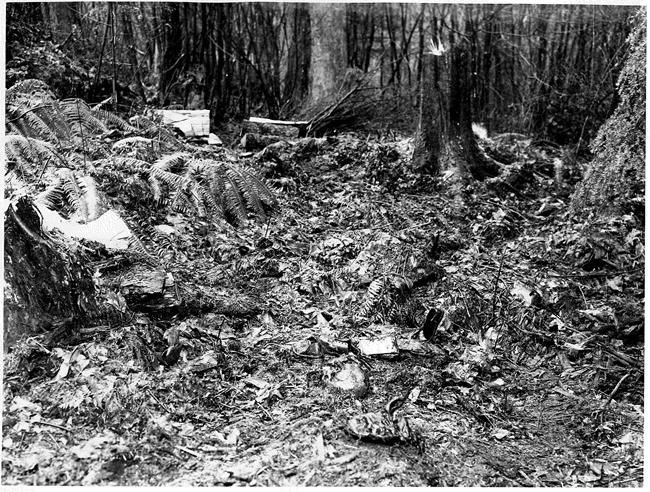VANCOUVER — Police are hoping DNA technology may help solve the so-called Babes in the Woods murder in Vancouver's Stanley Park seven decades ago.
Sgt. Steve Addison said advancements in science, in combination with people's interest in learning about their ancestry, have opened a door to discovering who may have killed two boys, ages seven and eight.
The department has contracted U.S.-based Redgrave Research Forensic Services to study DNA that was recently extracted from the victims' bones and to find a possible match with genetic material submitted by people wanting to know more about their ancestry.
"Honestly, we're not much closer today to solving this case than we were 70 years ago, when these young boys were discovered," Addison said at a news conference Tuesday.
"We're hoping that with the help of the Redgrave team, we will finally be able to put a name to these boys who were discovered, and potentially identify the person who killed them."
The skeletal remains of the boys were found by a groundskeeper near Beaver Lake in Stanley Park in 1953, although it's believed the children were killed five years before that.
The boys had been bludgeoned by a hatchet found near the bodies and they were covered by a woman's fur coat. A picnic basket with petrified food was found next to them. The clothing on the boys had deteriorated.
Vancouver police have tracked down various leads over the years, but questions remain.
Addison said police still don't know who the boys were, why they were in Vancouver or whether they came in from another province. They have also looked at birth and school records, as well as the national archives for children who may have been sent to Vancouver from overseas.
Police said they hope genealogical testing will give them some answers.
"No homicide case is ever closed before it is solved and this case has remained open since 1953," he said.
Anthony Redgrave, of Redgrave Research Forensic Services, said the DNA has been sent to a lab in Alabama to create a whole genome sequence.
The sequence will not just identify an immediate relative but will build a family tree and find someone who shares similar genetic material, Redgrave said.
"We are more likely to be able to ID the mother of these children than we are to find their names," he said.
Addison said it is quite possible that the person who may have killed these boys is dead since this happened more than 70 years ago.
“So, while it may help us to identify the victims, we will then have additional work to do to find out how the victims came to be killed.”
This report by The Canadian Press was first published May 18, 2021.
Hina Alam, The Canadian Press



